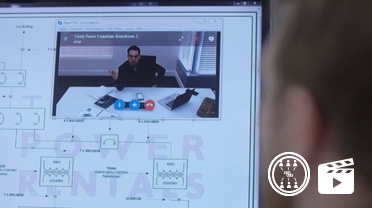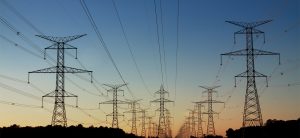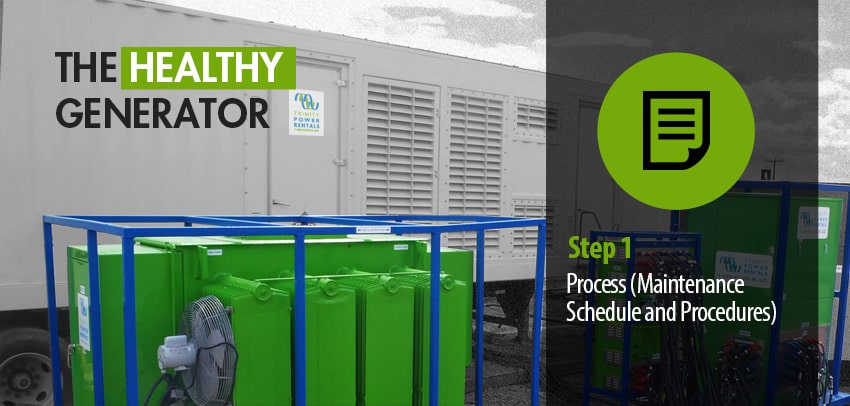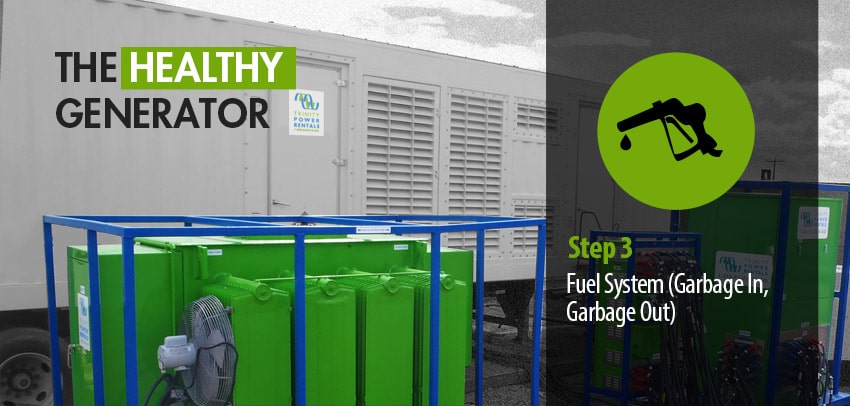- OUR APPROACH
-
COMMITTED TO YOUR SUCCESS
Our approach, developed over decades of experience, is fine-tuned to get the results you want.
We deliver concept-to-completion solutions, designed by temporary power specialists with access to the largest inventory of high-quality power generation and distribution equipment in North America.
-
- Equipment
-
RENTALS
From a wide range of diesel and natural gas generators to transformers, cable, light towers and more, our large rental fleet and extensive vendor network ensure we’ll have the temporary power equipment that your project requires — every time.
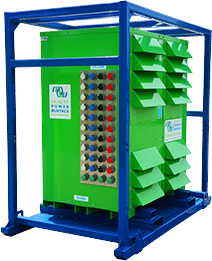
-
- Industries
-
INDUSTRIES WE SERVE
For nearly 20 years, we have been at work powering projects across Canada’s industrial sectors.
Select from this sampling of industries to learn how we can put our expertise to work for you.
VIEW ALL- Projects
- About
-
A PROUD HISTORY. A BRIGHT FUTURE.
From our inception in 1998, we have been building our team on a foundation of excellence. Our team members’ passion, expertise and commitment are what have allowed us to grow into a national company with projects across Canada.
Click on the links to learn more about our history, our team or our career opportunities.
- Blog
- Contact
-
In an ideal word, machines would never break down, construction problems would never arise and projects would always be completed ahead of time and under budget. Alas, while it’s possible one or even two of those scenarios might take place, it’s rare to see all four in a single project. Machines, like the people who make them, are fallible and subject to the intricacies of the systems that govern their function.
So, does that mean you should turn on a generator, shrug your shoulders and hope for the best? Far from it. Instead, by taking time to understand a generator’s working components and planning for their optimal operation, you’ll help ensure you get the most out of your machine.
You can think of your generator the way a doctor might consider a patient. No individual part or system is independent of the other. Everything needs to be in proper working order for the entire machine to provide steady consistent operation.
As in medicine, though, it isn’t always easy to see the infiltration of a fatal problem until an autopsy is performed. If you have a machine in the field, the last thing you want is to have your patient pulled apart on the operating table wondering what went wrong. The real medicine lies in providing routine scheduled maintenance and proper inspection.
Over the course of several installments, we’ll detail the most common maintenance procedures: What can be performed in the field. What can be performed while the machine is in operation. And, most importantly, the signs that can indicate your generator isn’t running at its optimal capacity. Here are the topics we’ll be covering:
1. Process (Maintenance Schedule and Procedures)
2. A Visual (The Initial Patient Assessment)
3. Fuel System (Garbage In, Garbage Out)
4. Batteries (The Juice)
5. Oil and Grease (The Importance of Lubrication)
6. Operating Temperature (Hello Coolant)
7. Integrating Systems (Lights, Switches, Buttons and Knobs)
We aren’t intending to replace the in-depth training provided by an accredited facility with qualified instructors. Instead, this document is meant as a guide and overview to aid in understanding broad principles of generator maintenance. For additional information and technical support our staff is available 24/7 to answer any questions you may have.
Related Articles
Subscribe for access to exclusive content


